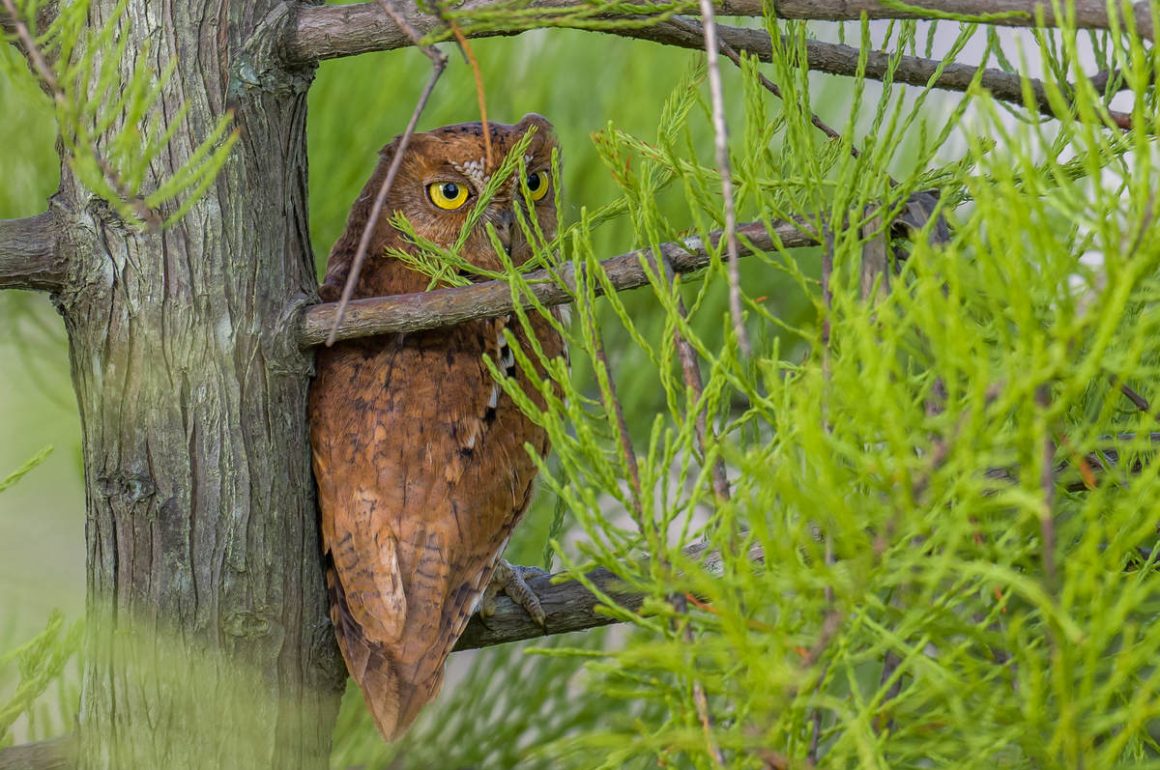
The Oriental Scops Owl is possibly my favorite of all bird species (though I may have said that about other species as well) – so, here’s a post with just some photos of this owl taken this autumn migration season.
The highly recommended photographic guide “Owls of the world” describes it as a “very small owl with visible ear-tufts” (though not actually on this first photo).
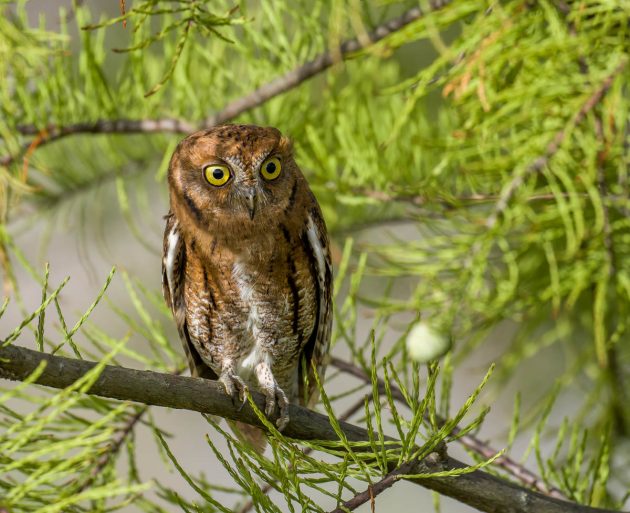
The name “scops” apparently is from the Latin “scops”, which in turn is from the Greek “scops” (not very creative, admittedly), meaning “a type of small owl”. According to “The Bird Name Book A History of English Bird Names”, the original greek word is skopós, “watcher, guardian, spy,” with the author Susan Myers stating that this “seems appropriate for these ever-alert but secretive birds.”
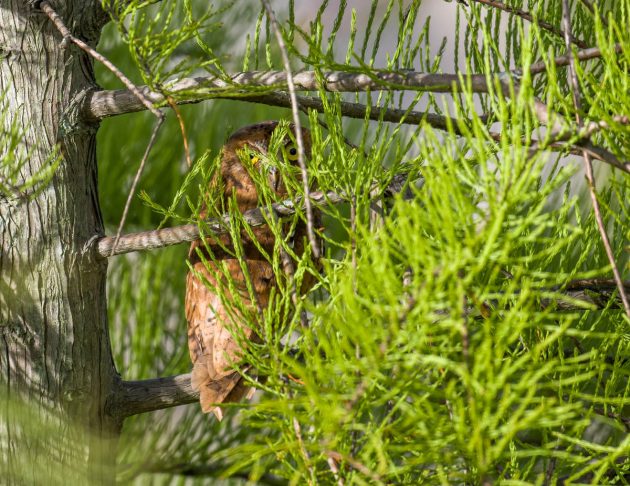
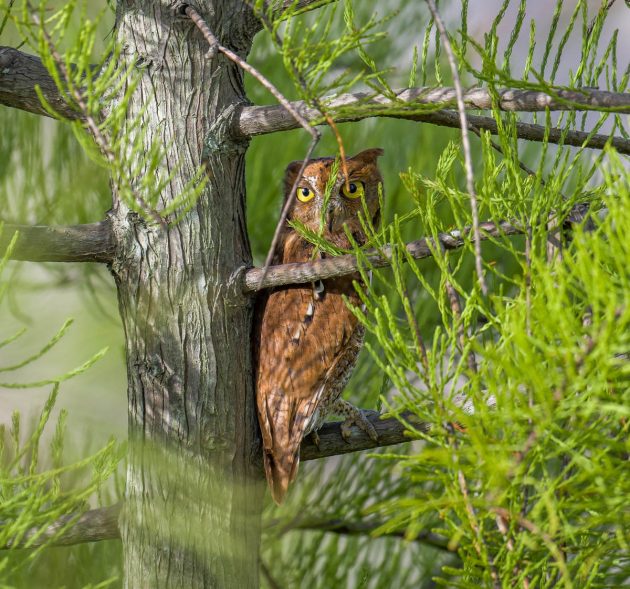
According to this book, scops (?) owls even have a cameo appearance in Homer’s Odyssee: “A thick wood of alder, poplar, and sweet smelling cypress trees, wherein all kinds of great birds had built their nests—owls [skópes], hawks, and chattering sea-crows that occupy their business in the waters.” Presumably not Oriental Scops Owls though, unless there is a Trojan subspecies …
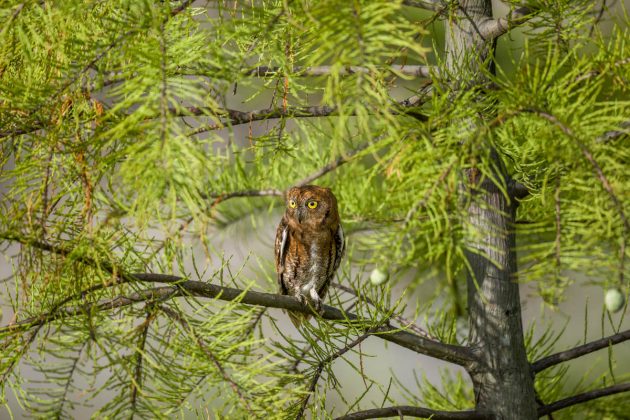
While there are 55 species of scops owls, the Oriental Scops Owl is by far the most commonly seen in Shanghai, primarily during migration.
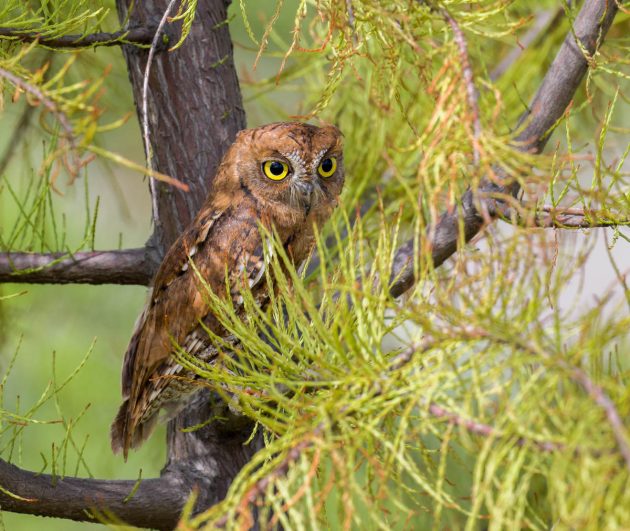
It comes in two morphs – one greyish, one reddish. Depending on the bark color of the trees the owls hide in, usually one morph is easier to spot than the other – though both morphs sometimes seem to make themselves invisible at will.
Being grey obviously is useful next to a greyish tree.
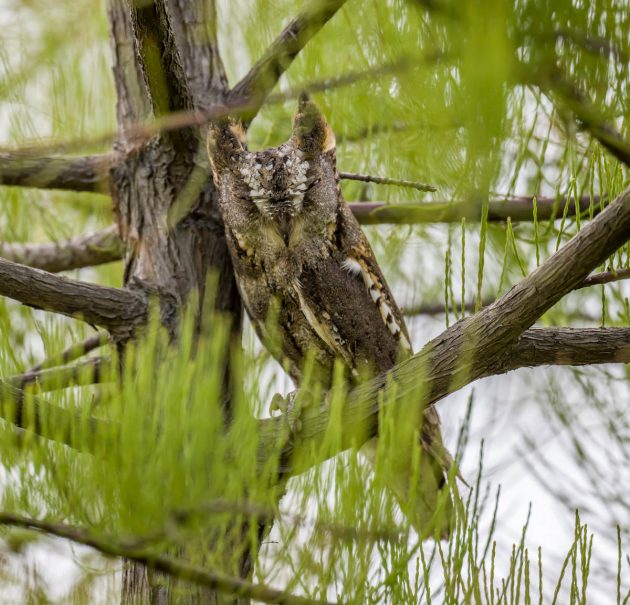
Fittingly, the Helm “Owls of the World” guide states that “During daytime roosts singly, or sometimes in small parties, in dense foliage, against a tree trunk or in holes; if detected, stretches vertically, with plumage sleeked, ear-tufts erected and eyes almost closed. Then almost invisible against surroundings.”
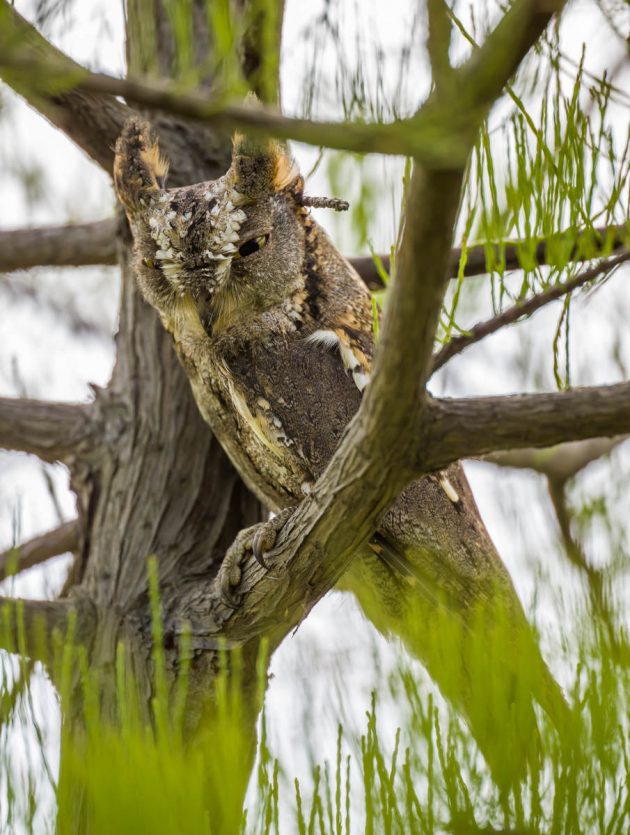
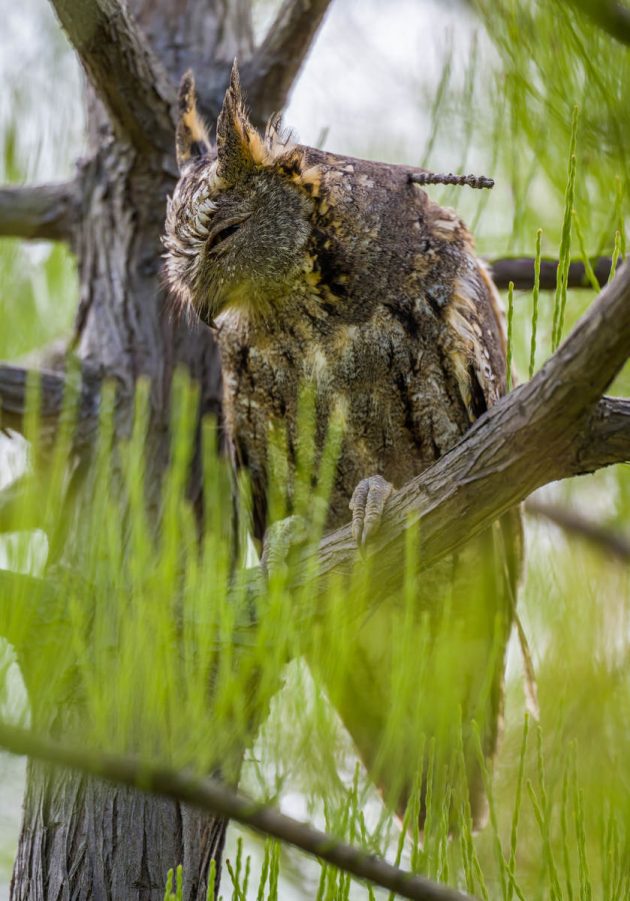
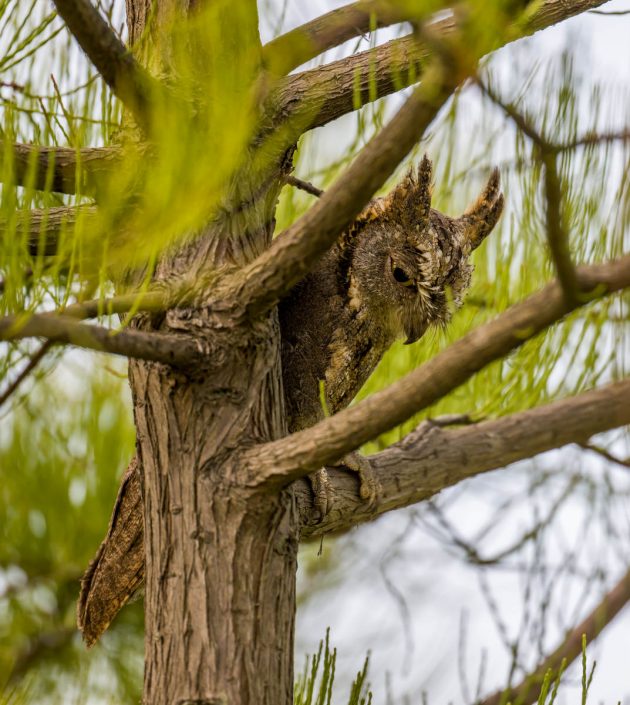
Here, a red morph seems to somewhat misjudge its surroundings, making it fairly visible.
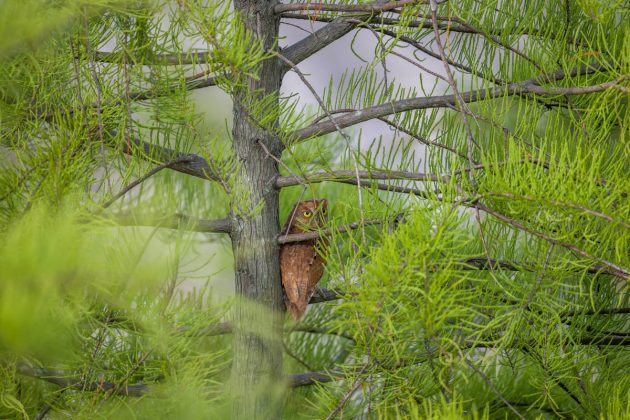
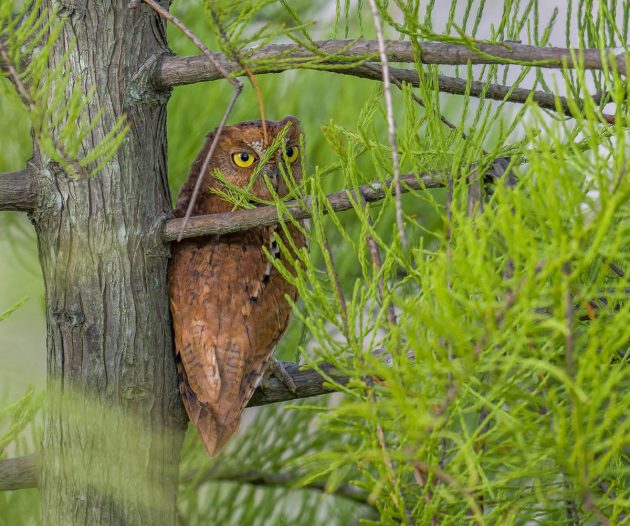
Here, the match is better.
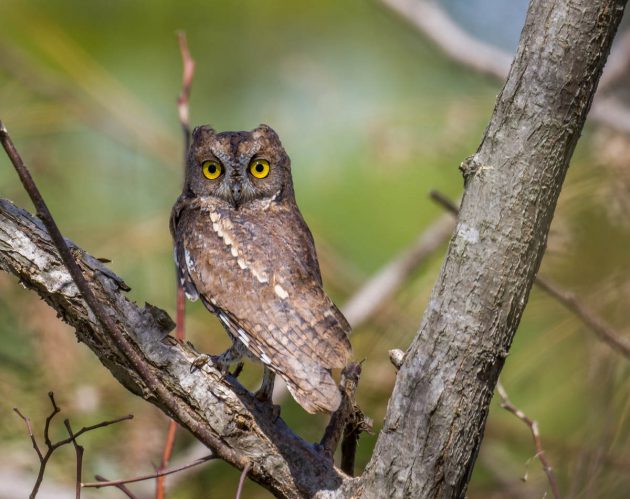
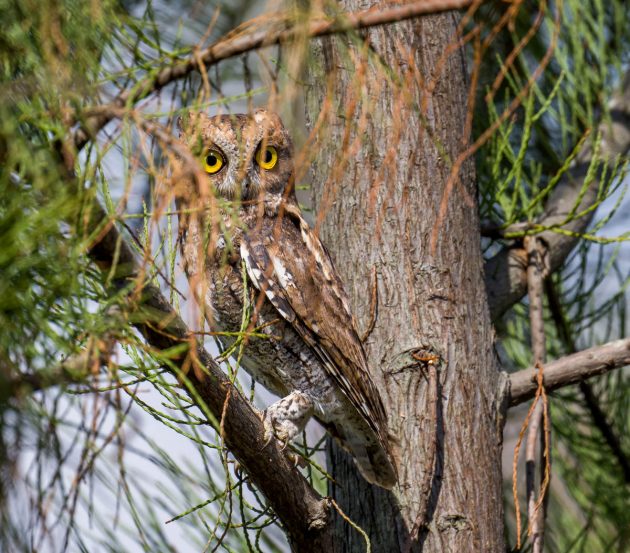
This one here is also very good at being invisible.
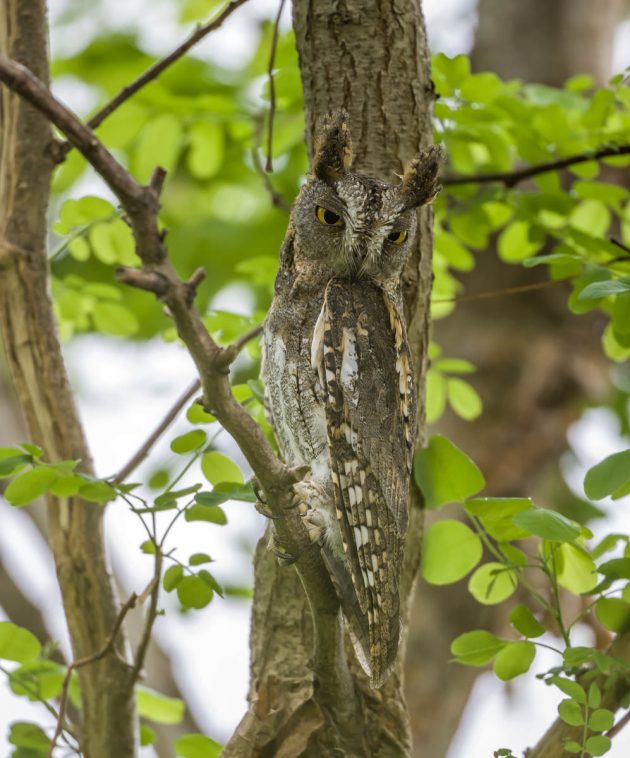
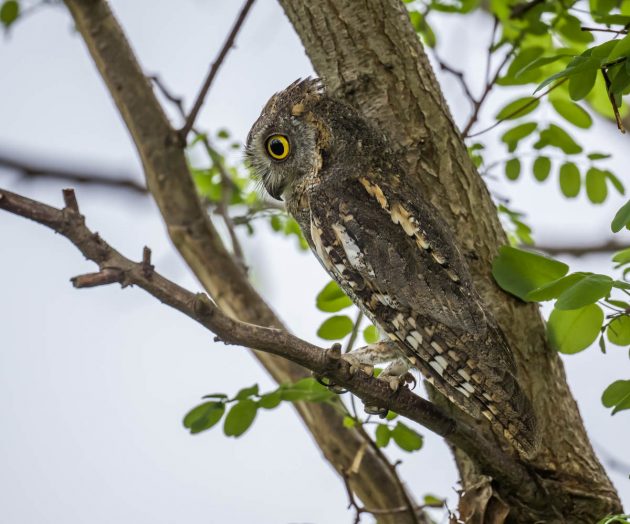
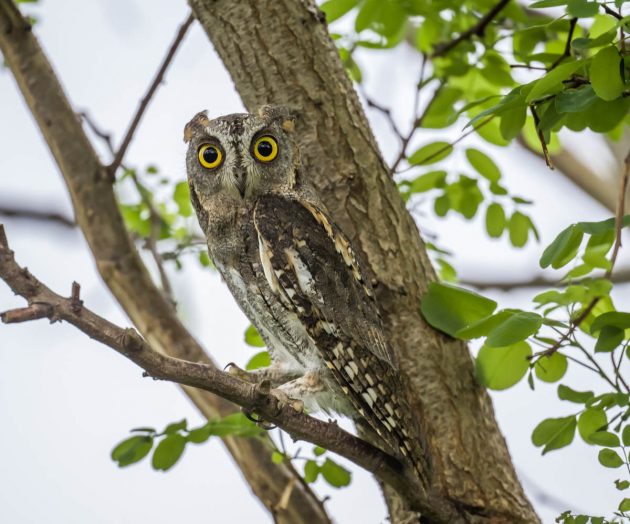
Another strange aspect – already mentioned further up – is that these owls almost seem to be able to change their shape – from a round egg shape to a very prolonged branch-like shape. Camouflage at its best.
Egg-shaped:
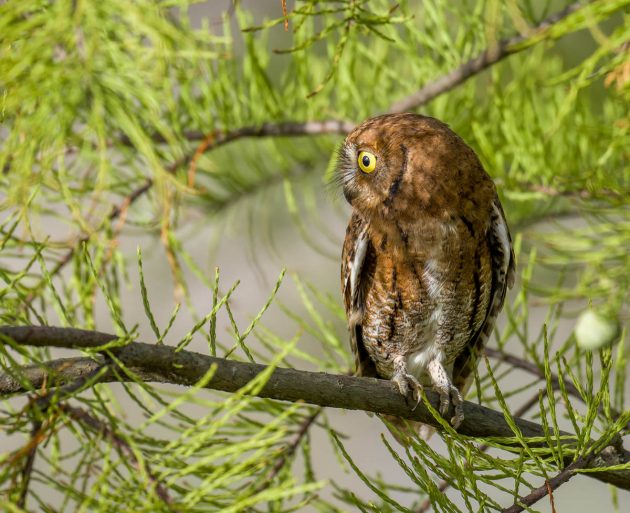
Branch-shaped:
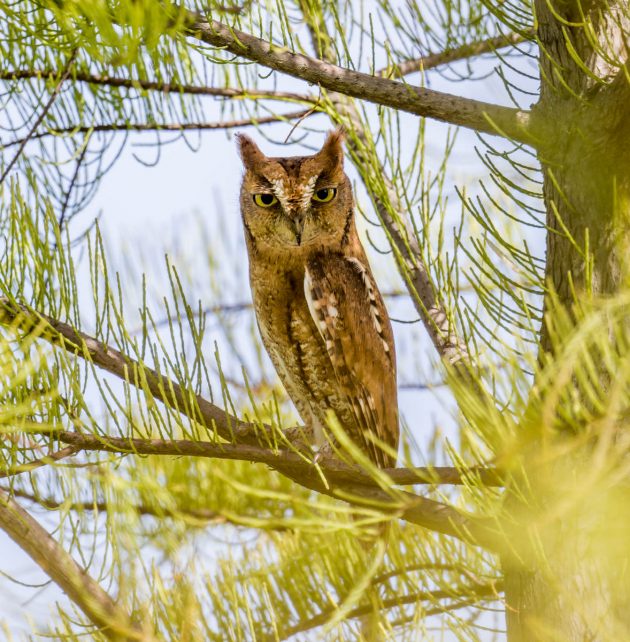
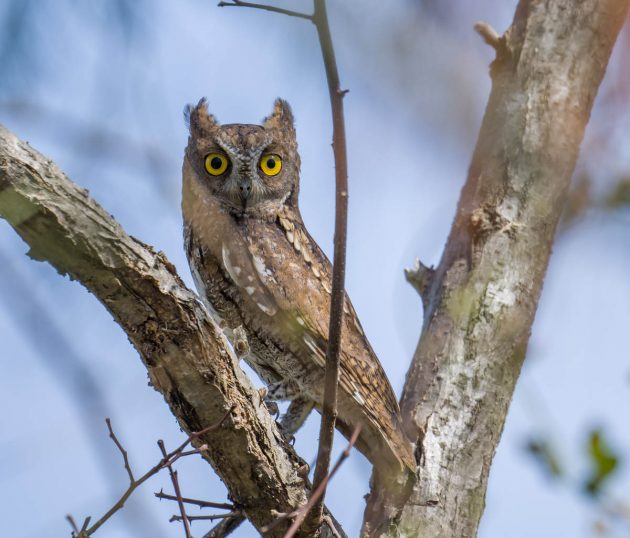
Some real estate tips for Oriental Scops Owls: According to a Korean study, woodpecker nest holes do not make very desirable apartments – the rate of nesting failures is relatively high. Natural tree holes are somewhat better but artificial nest boxes are best. Though of course, young owls growing up in such an artificial environment may later turn out to be snobbish and elitist.
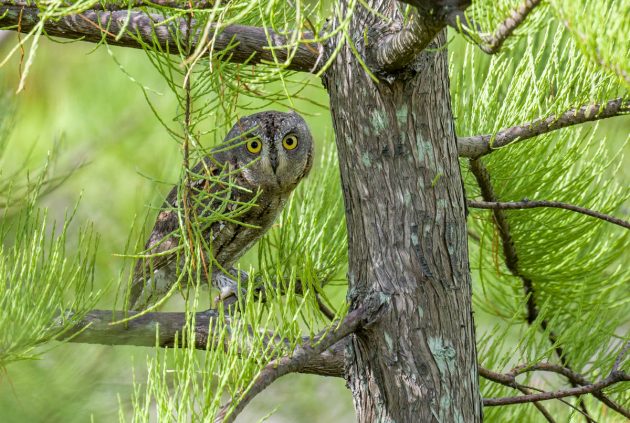
More good advice for Oriental Scops Owls: stay away from Japanese researchers, as they may want to scan your tongue with an electronic microscope.
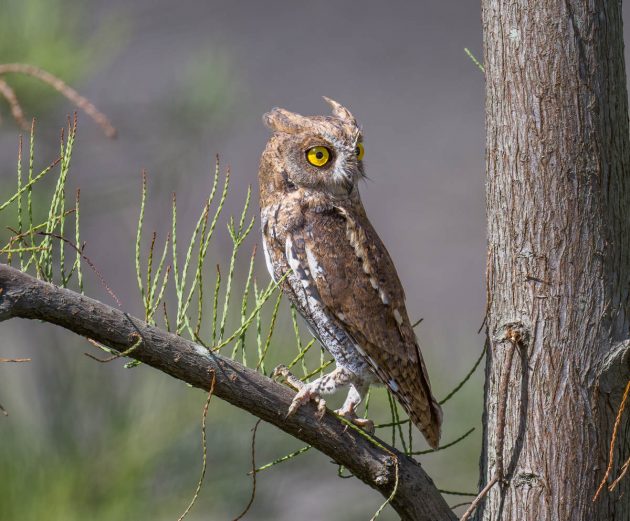
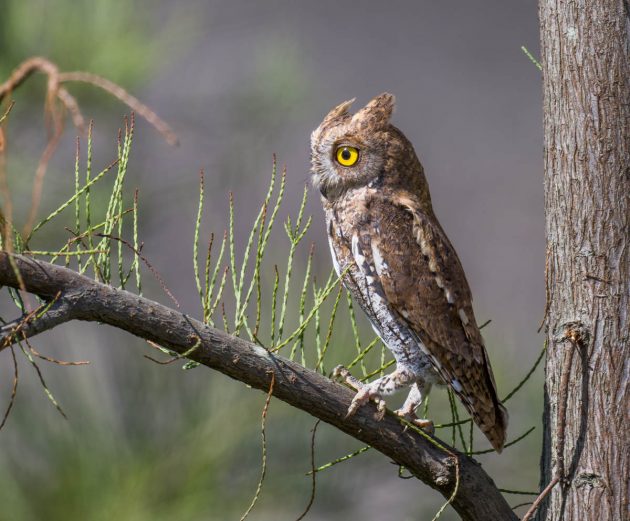
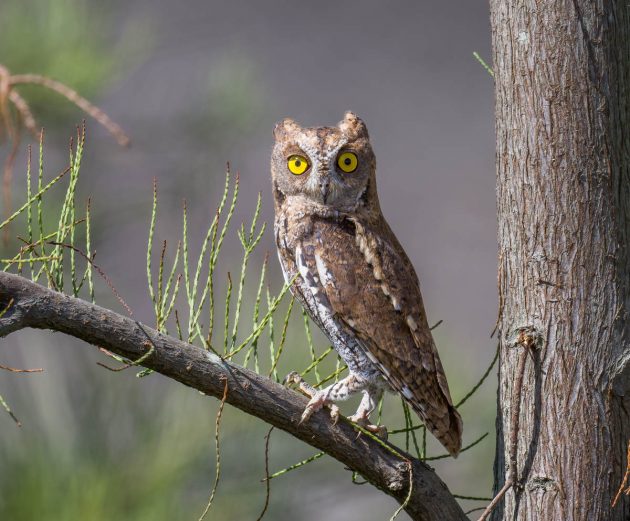
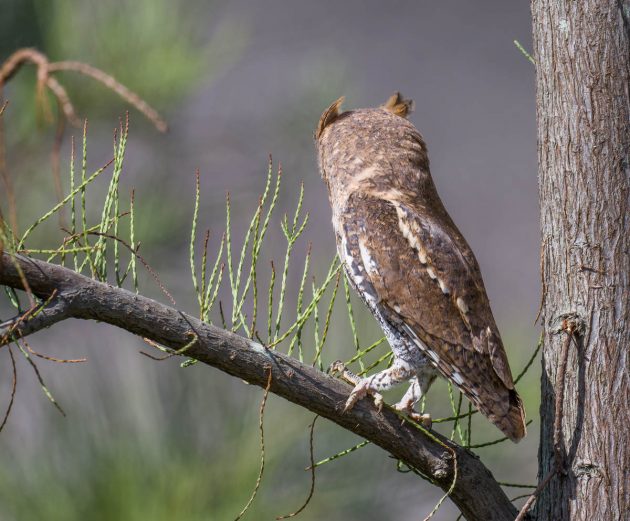
Of course, the ear tufts are not really ears. But they look cool.
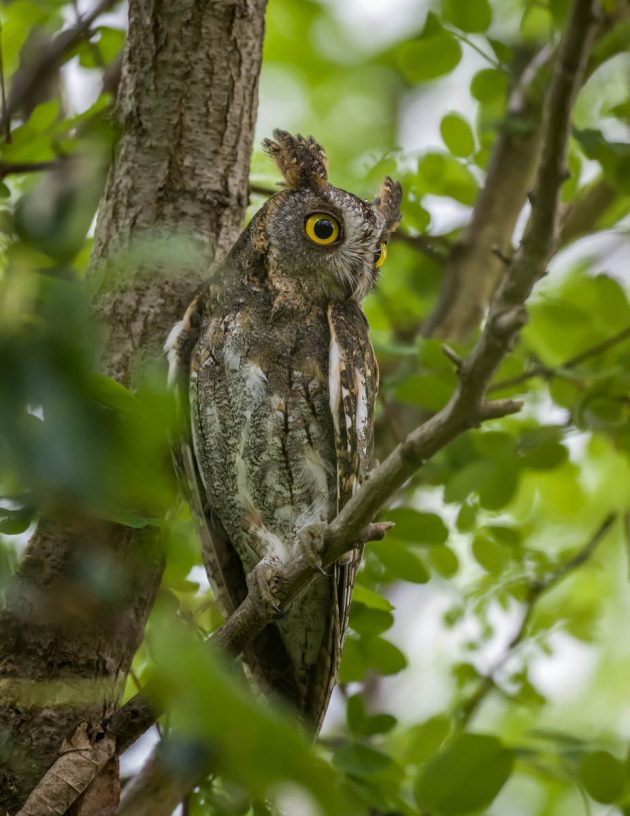
As an added bonus, they make the owl look even more cat-like than some other owl species.
To end this post, some more photos. You know you want them.
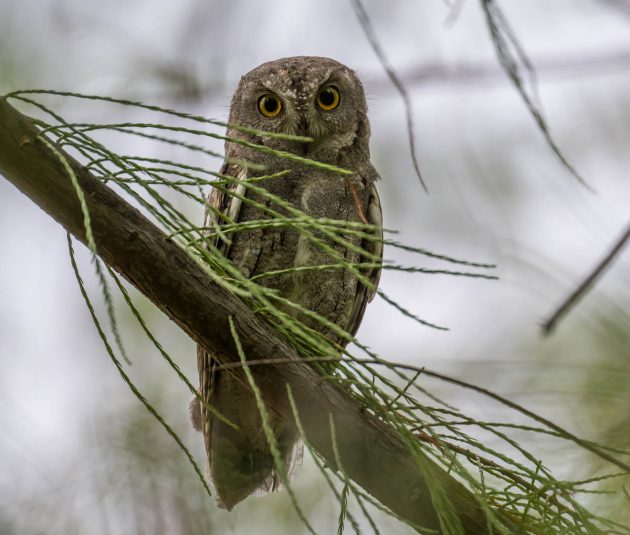
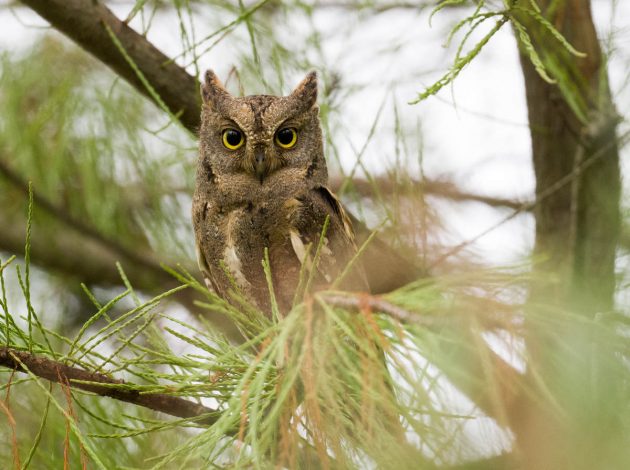
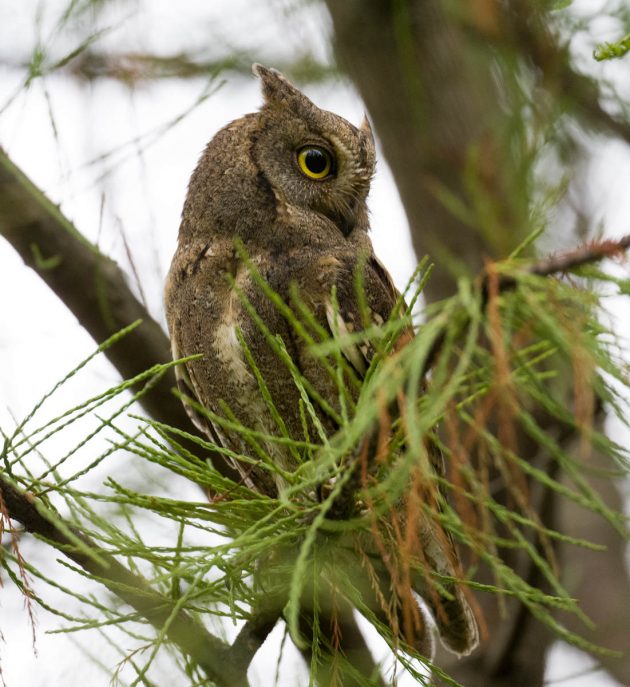
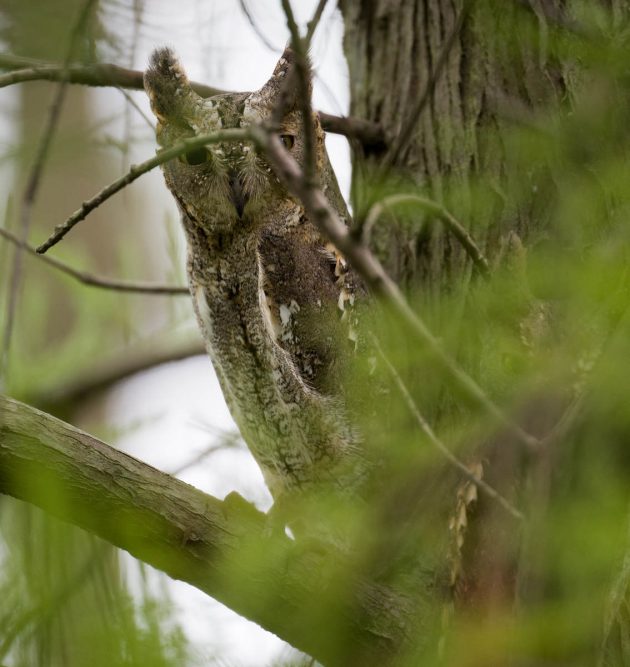
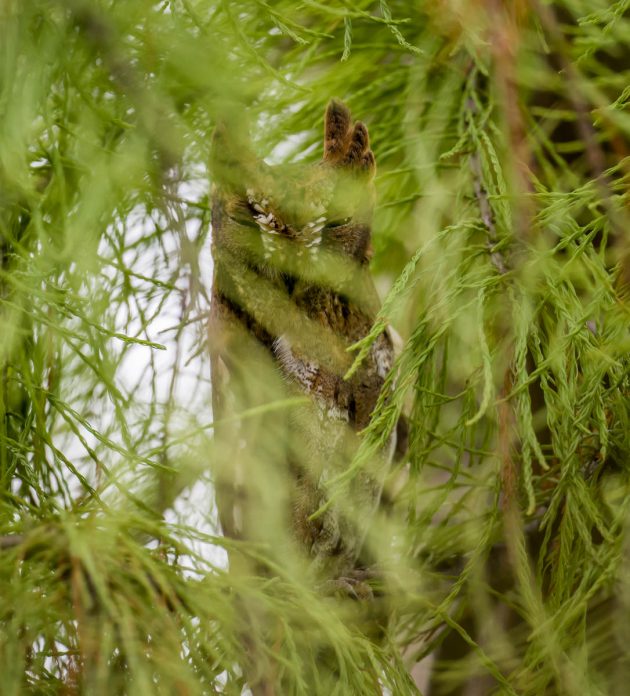
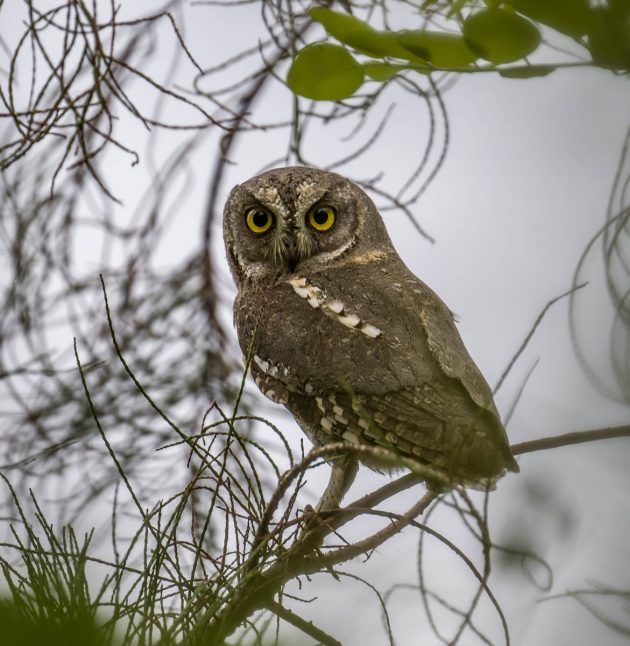
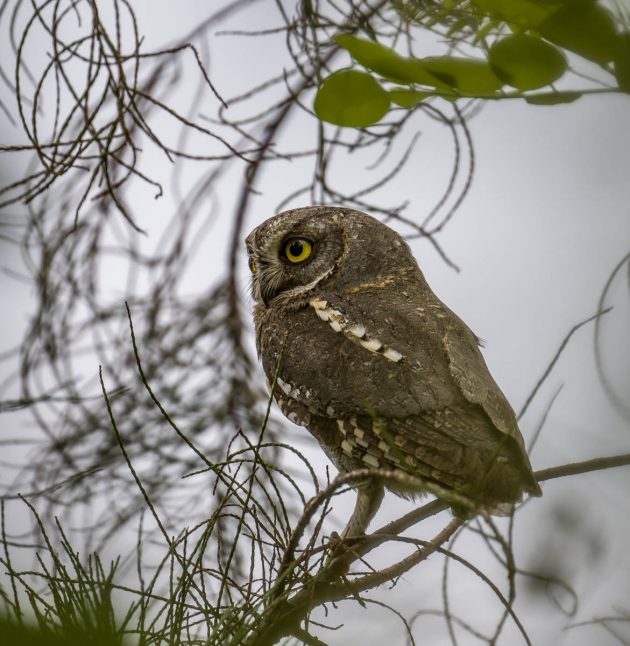
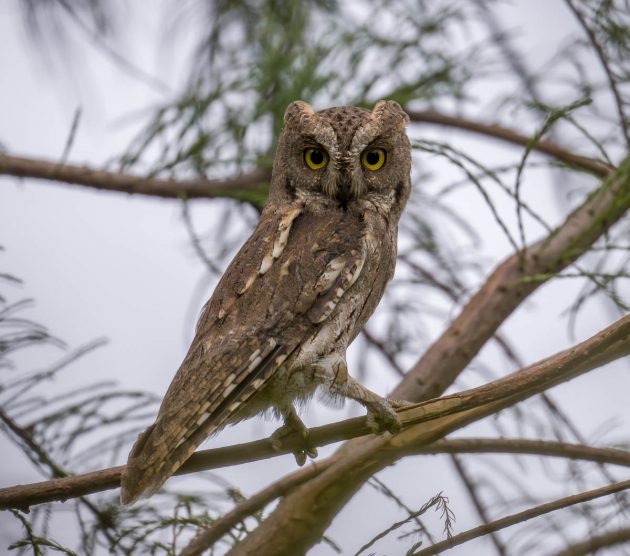
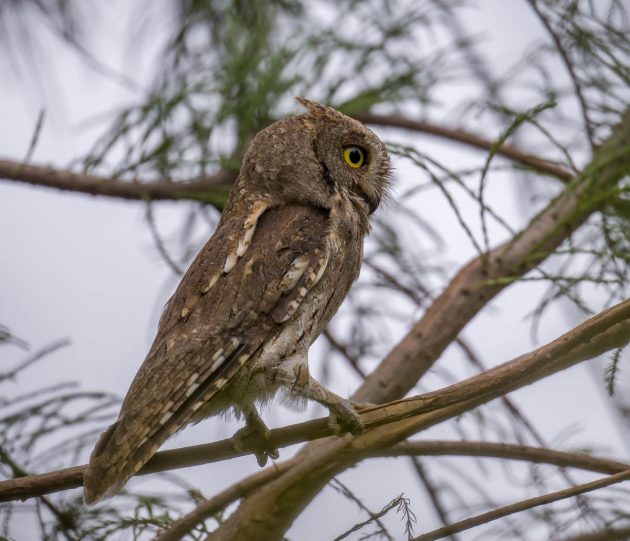
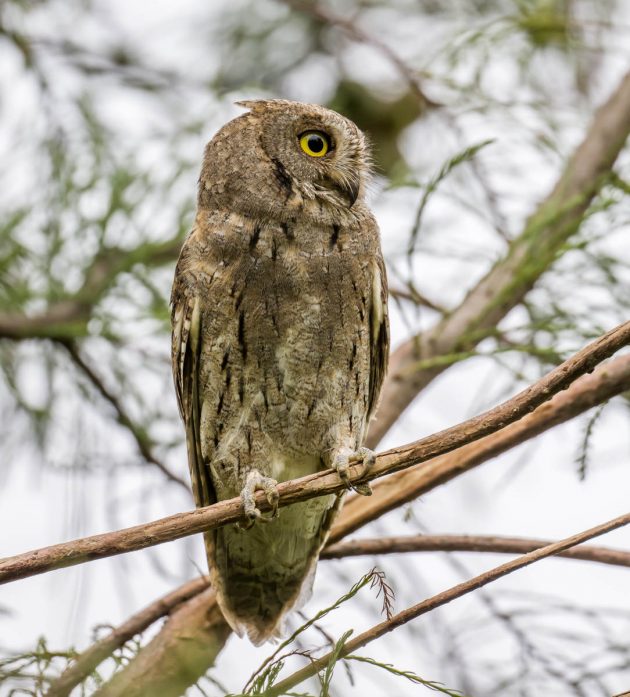
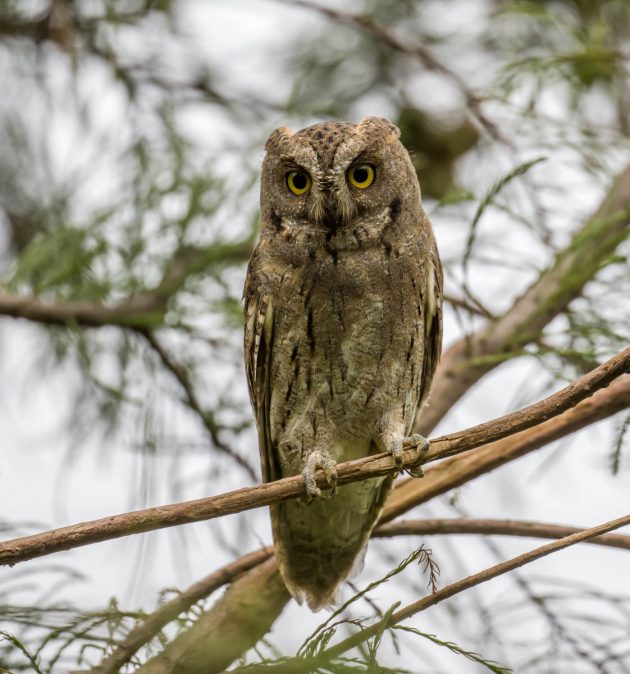
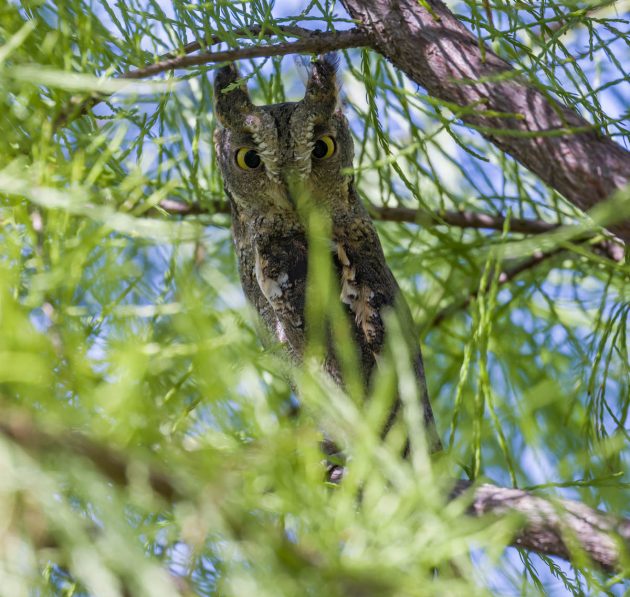
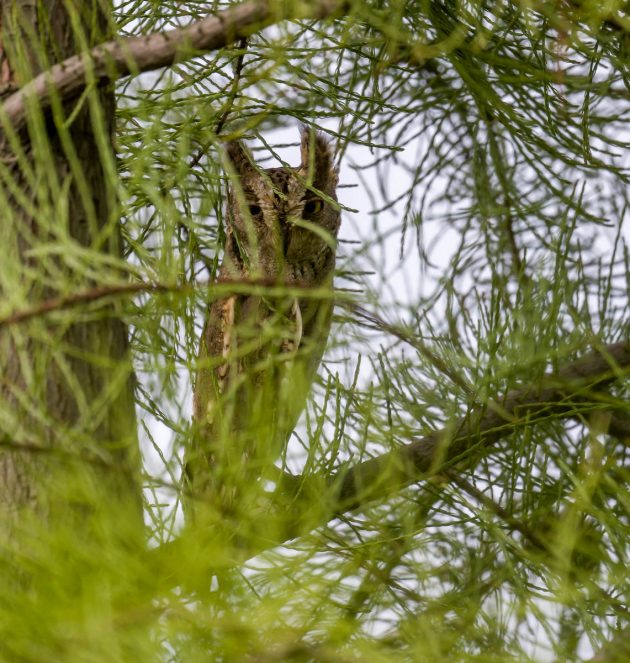
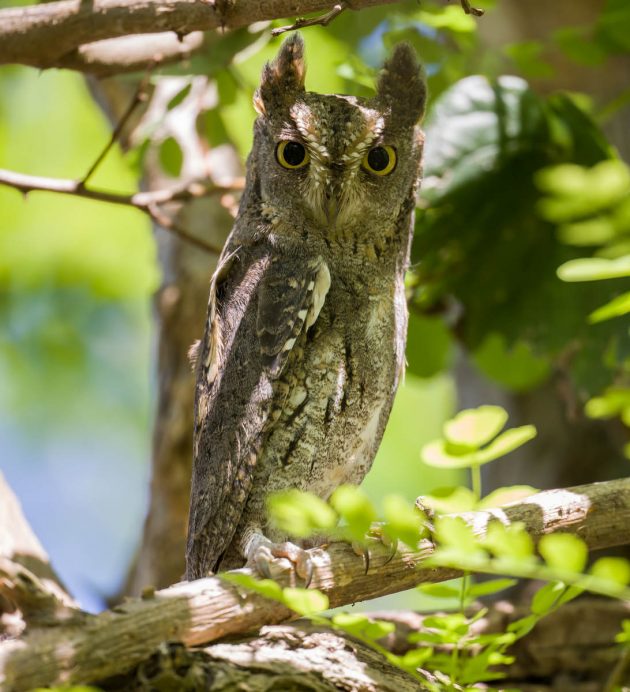
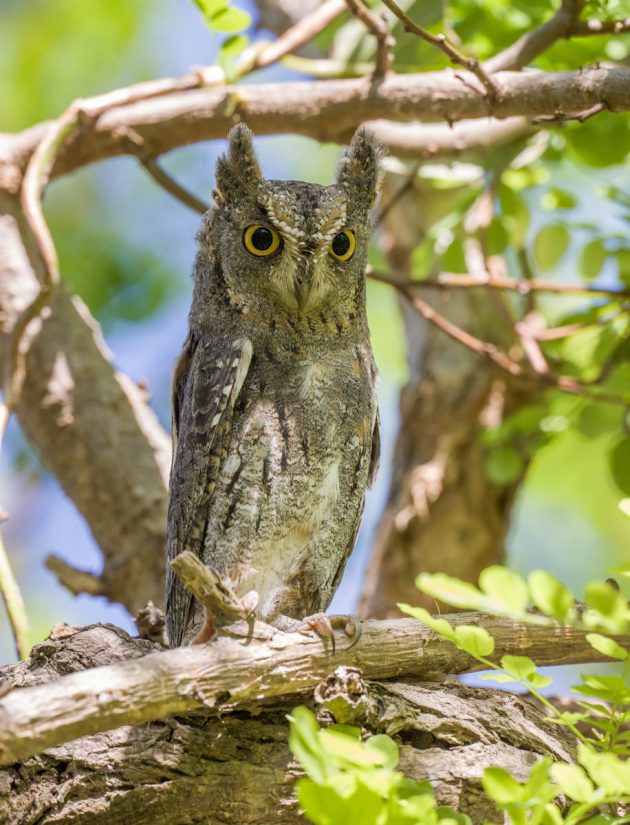
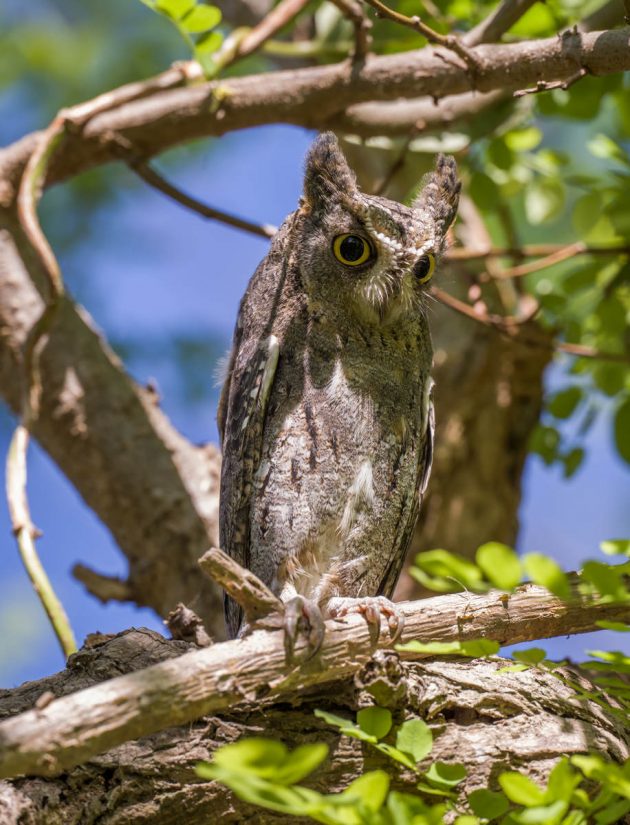
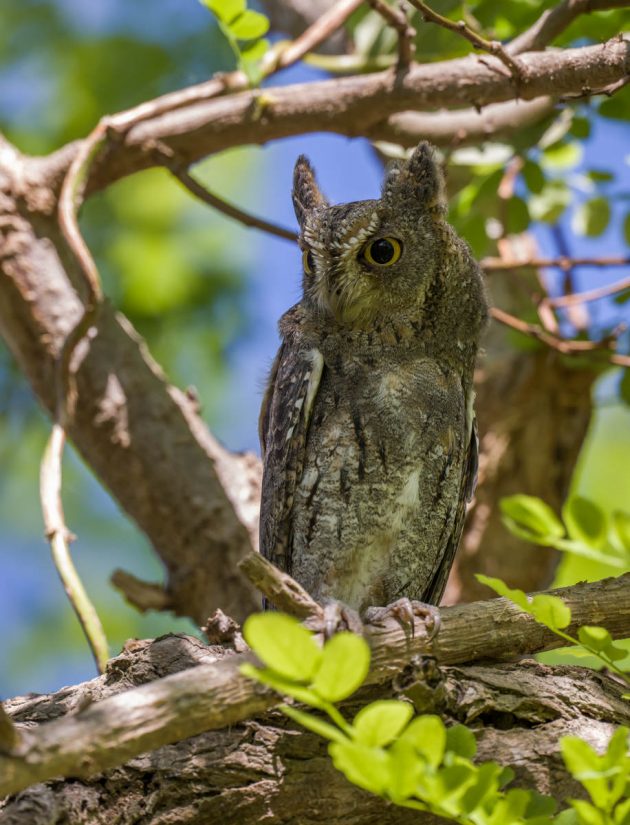
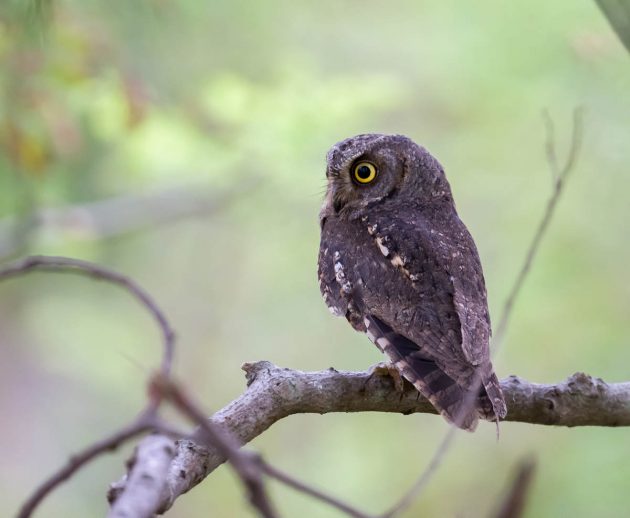
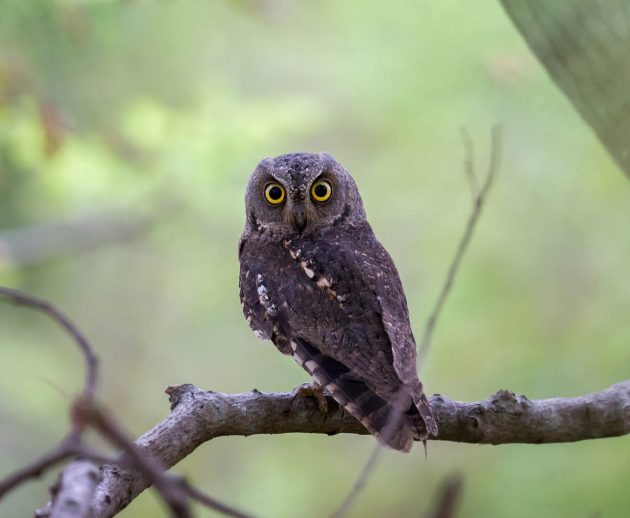
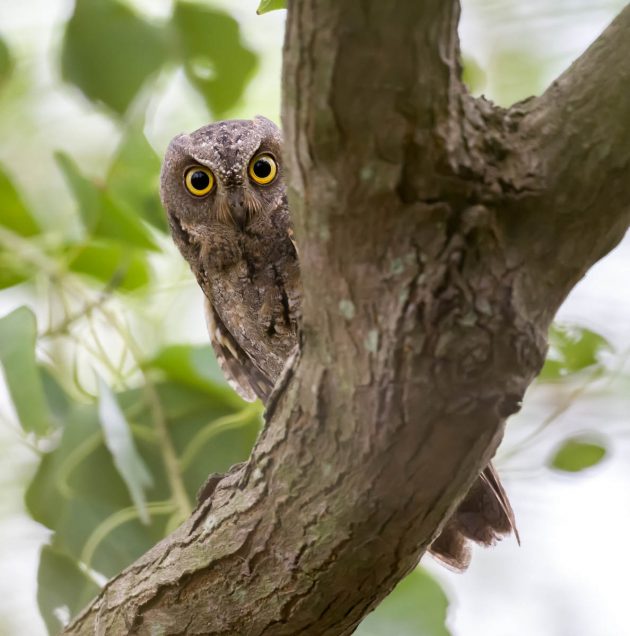
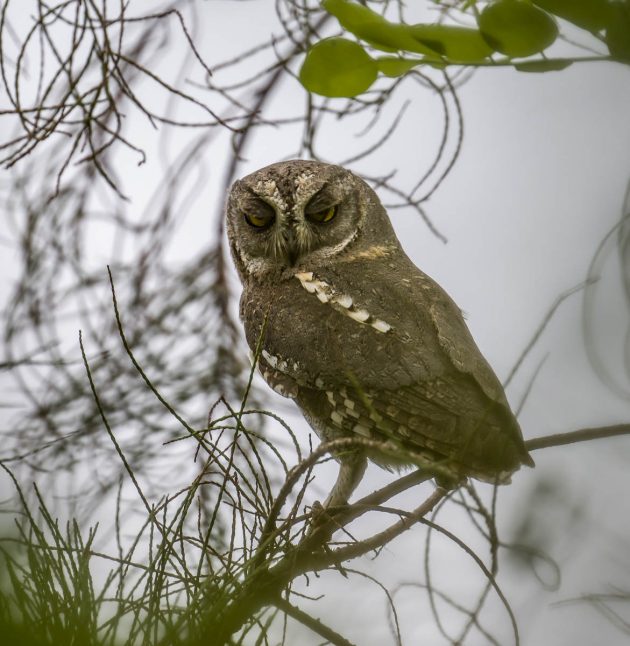




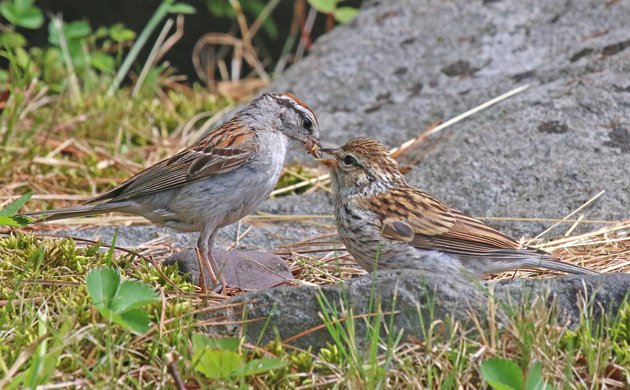

 New writers welcome – please contact us for details.
New writers welcome – please contact us for details.

















I never knew a bird can have ear Tufts like this. It looks like a bat in some pictures